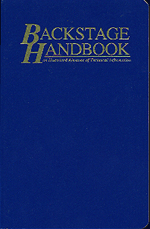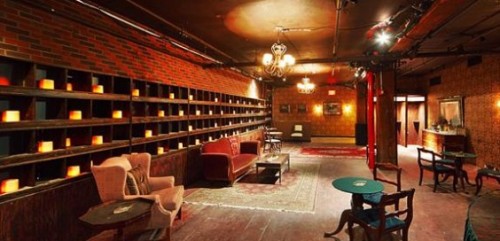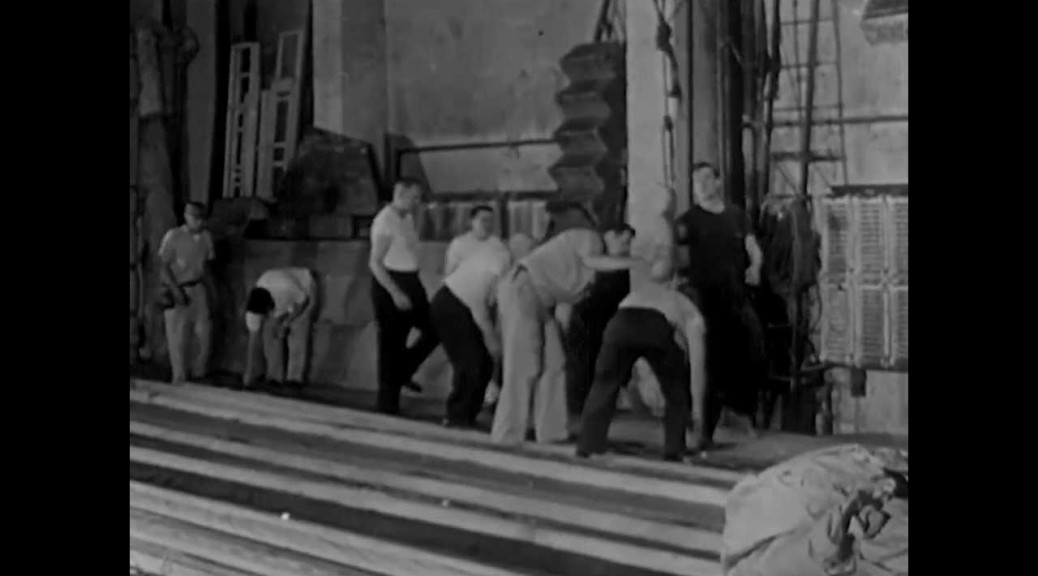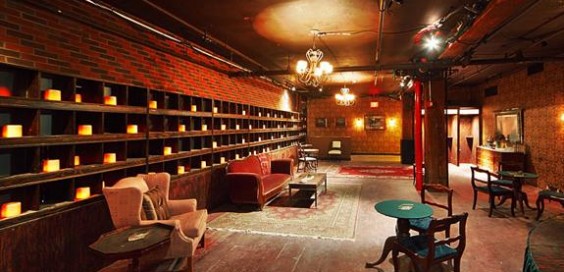This has already been making the rounds, but it’s too good not to share. The Prelinger Archives has a short film from the 1960s about theatre stagehands at work. Part of the “Americans at Work” series presented by the AFL-CIO, this ten minute video shows how much things have changed in the past fifty years (and, more interestingly, how much has stayed the same).
Tag Archives: theatre
Final November Links
Hard to believe it’s almost December. Hope you enjoy today’s links!
“How to be a Retronaut” always has great vintage images. I like these recent photos of Anita Louise as “Queen Titania†in A Midsummer Night’s Dream, circa 1935.
The Actors Theatre of Louisville is looking for an artisan/soft goods person for their upcoming Humana Festival (January through March). I worked there a few years back; the people are great, the shop is amazing and you get to do some quality work for really good theatre. Even the housing they put you up in is nice. All in all, Louisville is not a bad place to spend a few months. Also, this year’s SETC conference is in Louisville, so you’ll be in town for that (as will I).
Make Magazine has a holiday gift guide for woodworkers, but it’s kind of hit or miss. A $260 hammer? Orthopedic chisels? Personally, I don’t think novelty tools make good gifts for people who make things.
Vintage theatre footlights are needed every now and then, but they can be difficult to find. Ebay has one or two on occasion, but one frequently needs a number of matching ones. Costume Armour, Inc., makes a number of fiberglass and vacuum formed lights, and because they get a lot of requests for their footlights, they have set up a new webpage devoted to the standard sizes and shapes they offer, along with pricing.
Friday Funtime
First up is this video about the future of CGI and motion capture in films. Michael Bay, Jon Favreau, Ray Liotta, Paul Scheer and Rob Huebel talk about how new technologies are making sets and even props unnecessary for film; why would you use a gun to play a gun, when you can have an actor play a gun? It’s a really funny tongue-in-cheek look at the use of technology for technology’s sake.
I’ve already seen this being passed around quite a bit, but I thought I’d share it here: 25 special advantages a theatre major has. I guess some theatre majors get jobs that don’t involve doing theatre, which seems crazy to me.
The Alamance County Makers Guild that I recently began taking part in is planning their own Mini Maker Faire right here in Burlington, NC. So if you’re in the area on April 28th, come check us out.
Speaking of Make Magazine, this month their blog is featuring projects and tutorials dealing with natural materials. To kick it off, they’ve featured 10 great projects made from natural materials. Beetle shell ceiling, anyone?
Review: Backstage Handbook

I feel almost silly reviewing the Backstage Handbook: An Illustrated Almanac of Technical Information by Paul Carter and George Chiang; it is already so well-known and ubiquitous in the theatre world, I don’t know that I have anything to add. Nonetheless, every time I pick it up, it’s like I’m rediscovering how much useful information it has in it for the props professional. If you haven’t gotten this book because you think it’s aimed solely at the carpenter, electrician, stagehand or stage manager, think again.
Inside, you can find illustrations differentiating the type of moulding we use, parts of a window and wood joints. You can find lists and illustrations of the common hand and power tools you would find in a prop shop, as well as all the hardware and fasteners you will come across. It also includes definitions and descriptions of the various fabrics at our disposal, the multitude of adhesives we use (along with their ingredients) and the different types of rope and cord you can choose from. Along the way, you can also learn how to tie the most common types of theatre knots, how to draw a variety of geometric shapes (like pentagons and hexagons) and how to build a flat. Of course, you can also find all sorts of general theatre knowledge, such as the parts of a stage and the types of curtains we use.
So really, this isn’t much of a review; it’s more of a reminder that if you work in technical theatre (or film for that matter), you should own this book. Case closed.
Sleep No More

This week, I took a chance to watch Punchdrunk‘s current New York City production of Sleep No More. You may remember I previously wrote about Punchdrunk when I showed some Art Deco footlights I constructed for this production. I do not normally write about productions I see, but this was such a unique experience with a heavy reliance on props, so I thought I’d share.
First, some background. Punchdrunk is a British theatre troupe known for their immersive brand of promenade theatre. The actors are interspersed throughout a venue, and the audience is free to walk around and watch whichever scenes they wish, or just explore the space on their own. For Sleep No More, Punchdrunk has taken a set of three connected warehouses and lofts in Chelsea (former site of one of the super clubs back in the day) and transformed all six floors into a noir-ish world straight out of Hitchcock’s Rebecca, with many of the story elements from Macbeth. In other words, it’s “Shakespeare in the Dark”. The audience is given white masks to hide their faces, brought up an elevator in small groups, and set loose to explore the world and pick up pieces of the story. Hundreds of rooms have been created with literally thousands of props, with excruciating levels of detail. You can wander into a room which looks like an office, open a drawer in a desk, open a book, and find a scrap of paper with a note written by one of the characters. If it sounds like a lot of work went into this, it has; a team of artisans, shoppers and dozens of interns spent almost six months working non-stop on the physical production.
The New York Times has a wonderful article on Sleep No More. You really have to click through to the interactive feature where you can view a photo slideshow with audio commentary on a few of the hundred rooms in this piece. The pictures give you a better sense of the “look” of the place than I can describe. The “gestalt” of the piece, however, is something which not even pictures can describe. The whole experience is so intense, and the conventions it creates and exploits serve to create a uniquely theatrical event; “theatrical” in the sense that it can only be done as live theatre, with any attempt to transform it into film, text or interactive digital inevitably falling far, far short. You can read another write-up at the Wall Street Journal. Unfortunately, the New York Times article is the only source of photographs for this production, as the Punchdrunk group plays their marketing close to the vest to keep an air of mystery and discovery to the whole affair.


